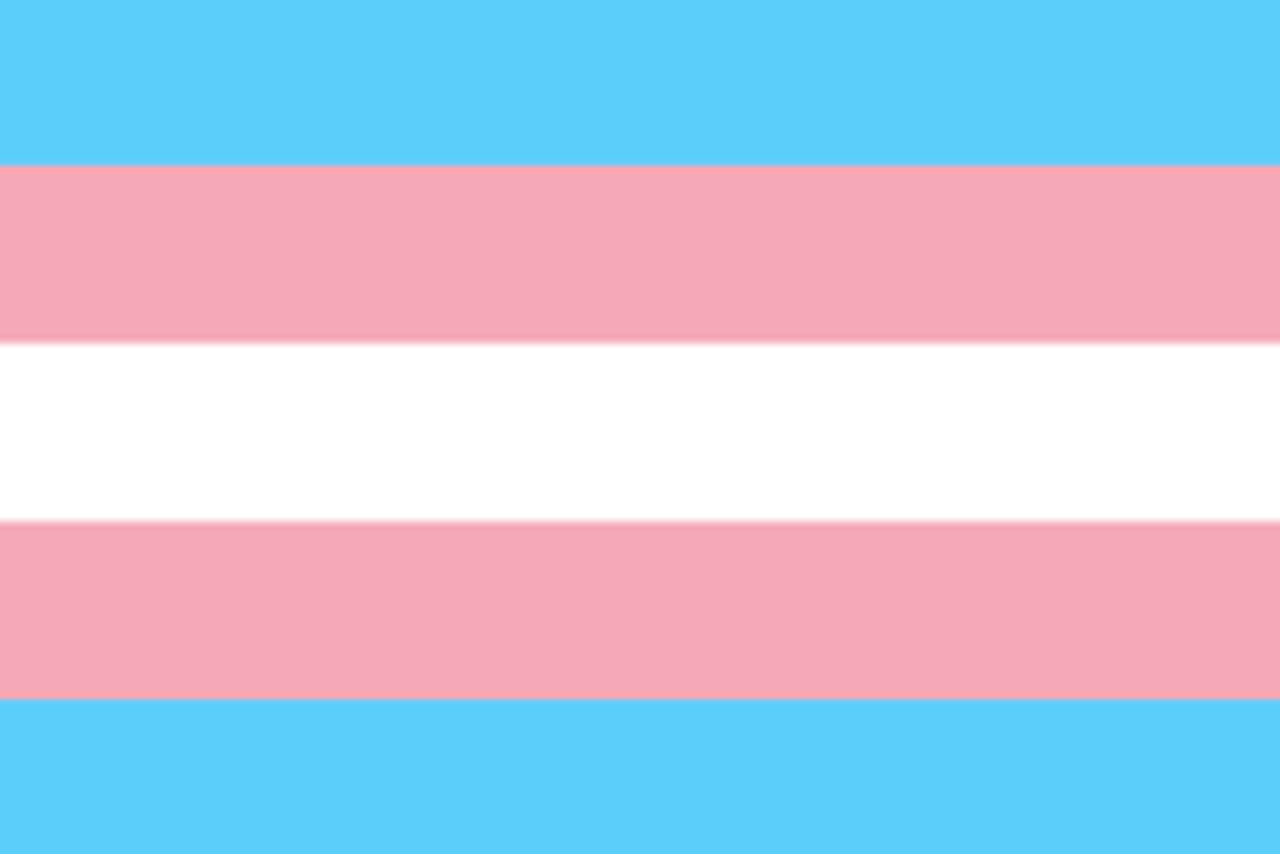Every year, March 31 is acknowledged as Transgender Day of Visibility (TDOV), a day to show support for the trans* community and bring attention to the accomplishments of trans* people around the globe. As a day of empowerment, trans* individuals along with allies to the community are encouraged to battle transphobia by spreading knowledge of the trans* community and educating others on why visibility is important.
In conversations about the trans* community, it is important to understand the different terms and identities that may be discussed. The conversation about gender identity, expression, and identification is constantly evolving. People may interpret some of these terms differently, and these terms may change. This reflects the tremendous diversity of our community and reminds us that there is no one definitive way to understand who we are.
Identities
- Transgender/Trans: A person who does not identify with their sex given at birth.
- Cisgender/Cis: A person who does identify with sex given at birth.
- Nonbinary/Genderqueer/Gender-nonconforming: A person who does not fit the gender binary (not a boy or a girl singularly).
- Agender: A person who identifies without gender completely.
Terminology
- Sex: Biological, genetic, and/or physical characteristics that classify someone as male, female, or intersex. Also known as sex assigned at birth. Biological sex is different from gender.
- Gender: Social, psychological, and/or emotional traits influenced by societal expectations that classify an individual as feminine or masculine. Individuals may be gender non-conforming, meaning they do not associate with what is society’s traditional idea of gender.
- Gender Identity: The internal perception of one’s gender and how they label themselves—or choose not to label themselves. Gender identity does not always correspond with a person’s biological sex.
- Gender Expression: How a person externally communicates their gender identity to others through ways such as clothing or mannerisms. Gender expression may include combinations of masculinity and femininity—or neither—through androgynous expressions. It is important to remember and respect that every gender expression is valid.
- Sexual Orientation: Emotional, romantic, and/or sexual feelings toward other people. An individual’s sexual orientation is separate from their gender identity.
So how can you be an ally to the trans* community?
An ally is a person who supports and respects members of underrepresented and non-dominant communities. Allies take action to facilitate systemic and social change. Here are ways to be an ally to the Trans* and gender non-conforming community:
- Allies want to learn. Learning is the first step toward improved awareness. Allies are people who do not necessarily know everything about an underrepresented or minority community, but they want to learn more. Places to begin Trans* research: Transequality.org, Glaad.org, and Hrc.org.
- Allies address barriers. Recognize and take action to help others become aware that there is more to gender than being male or female. Avoid and help others avoid misgendering. Many Trans* individuals may prefer to use the gender with which they identify. Ask for and respect personal pronouns. (For instance, someone who identifies as trans* may prefer to use they/them.)
- Allies know that support comes in many forms. Support can be personally expressed, such as using inclusive language. Support can also be more public, by addressing situations where people use microaggressions. These are offensive comments or actions directed at an underrepresented or other non-dominant group that unintentionally or unconsciously reinforce stereotypes.
- Allies are people who respect diversity. Just like everyone, Trans* people’s identities are multifaceted, and each person is unique. Being Trans* is just one aspect of an individual’s identity.
- Allies respect personal pronouns. Pronouns are linguistic tools that we use to refer to people such as they/them/theirs, she/her/hers, he/him/his. Often, people make assumptions—consciously and subconsciously—about the gender of another person based on the person’s appearance or name. Using correct personal pronouns is a way to respect individuals and create an inclusive, welcoming environment. If you are unsure of someone’s personal pronouns, ask and/or share your pronouns. If you make a mistake, acknowledge it, and apologize. Additional information on personal pronouns can be found here and here.
Safe spaces and resources for Trans-identified individuals
On-campus
- TLEG-The League of Extraordinary Genders
- ISU Pride
- Safe Zones
- Diversity Advocacy
- LGBT/Queer Studies and Services Institute
Off-campus
- Central Illinois Pride Health Center: provides services to promote the health and well-being of the LGBTQI community of Central Illinois without judgment or discrimination based on race, color, ethnicity, age, gender, gender identity, sexual orientation, or disability. No one will be turned away regardless of insurance.
- Translifeline.org: Trans Lifeline is a 501(c)3 non-profit dedicated to the well-being of transgender people. We run a hotline staffed by transgender people for transgender people.
- Howard Brown Health Center (Trans* Friendly Health Center in Chicago): Howard Brown Health exists to eliminate the disparities in health care experienced by lesbian, gay, bisexual, and transgender people through research, education, and the provision of services that promote health and wellness.
- Transequality.org (National Center for Transgender Equality): The National Center for Transgender Equality is the nation’s leading social justice advocacy organization winning life-saving change for transgender people.
- Equality Illinois: Equality Illinois builds a better Illinois by advancing equal treatment and social justice through education, advocacy, and protection of the rights of the LGBT community.

